17 GPTs for Wildlife Identification Powered by AI for Free of 2025
AI GPTs for Wildlife Identification refer to advanced tools based on Generative Pre-trained Transformers that are specifically designed to assist in the identification and understanding of wildlife species. These tools leverage the power of AI to analyze, recognize, and provide detailed information about various animals, plants, and other aspects of the natural world. By incorporating vast databases and learning from a multitude of sources, GPTs offer tailored solutions that cater to the needs of wildlife enthusiasts, researchers, and conservationists, among others. Their role in offering precise, efficient, and accessible wildlife identification capabilities underscores their relevance in conservation efforts, educational contexts, and the broader field of biodiversity.
Top 10 GPTs for Wildlife Identification are: Franklin,Animal Expert,Zoologist Explorer,JM Tour Guide,Animal Expert,The Lake Michigan Wreck Diving Guide,Nature Explorer's Guide,Survival Guide GPT,🐾 Wild Explorer's Companion 🦜,Wild
Franklin
Unlocking the Animal Kingdom with AI

Animal Expert
Discover Wildlife with AI-Powered Insights

Zoologist Explorer
Identify wildlife, promote conservation.

JM Tour Guide
Explore Costa Rica with AI-powered precision.

Animal Expert
Discover the animal kingdom with AI-powered insights.

The Lake Michigan Wreck Diving Guide
Dive into Lake Michigan's history and marine life with AI
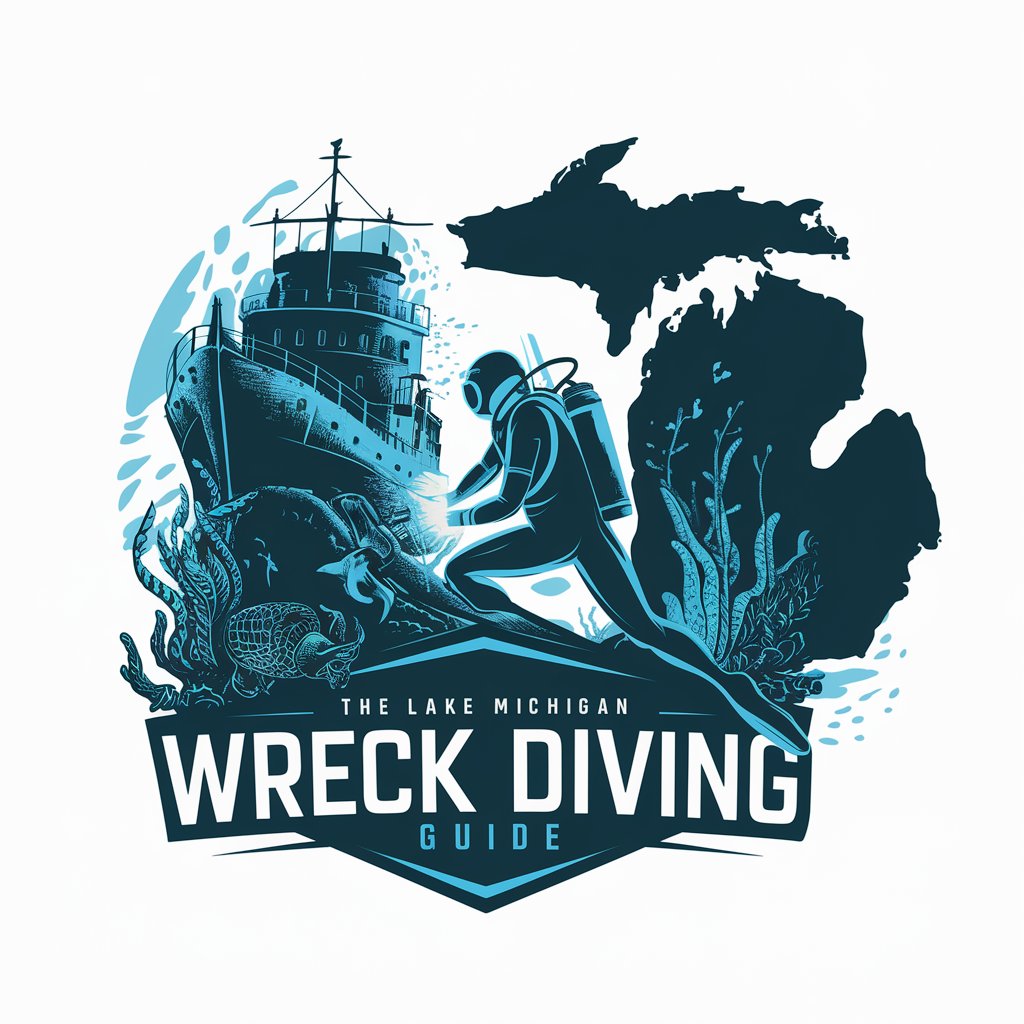
Nature Explorer's Guide
Explore nature with AI-powered insights.

Survival Guide GPT
Navigate, Survive, Discover with AI

🐾 Wild Explorer's Companion 🦜
Discover wildlife through AI-powered exploration.
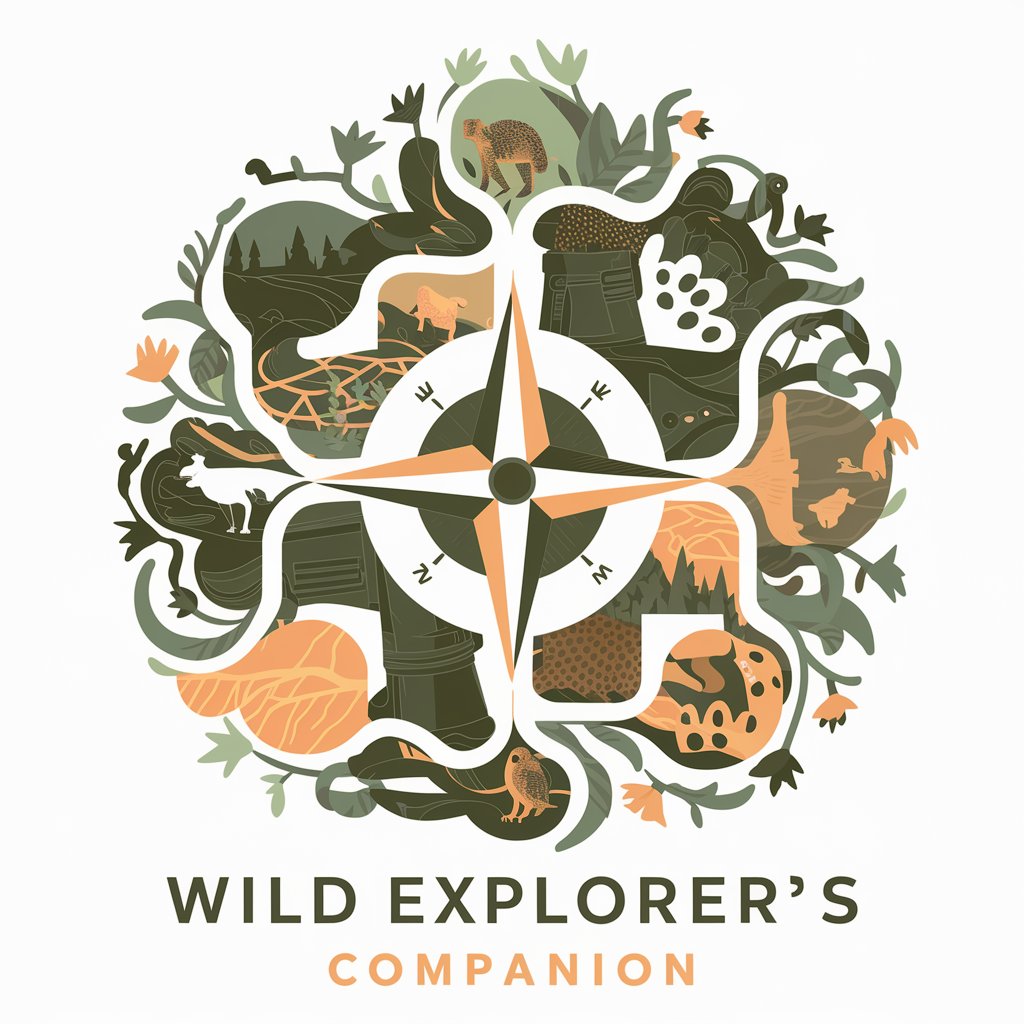
Wild
Empowering wilderness discovery with AI
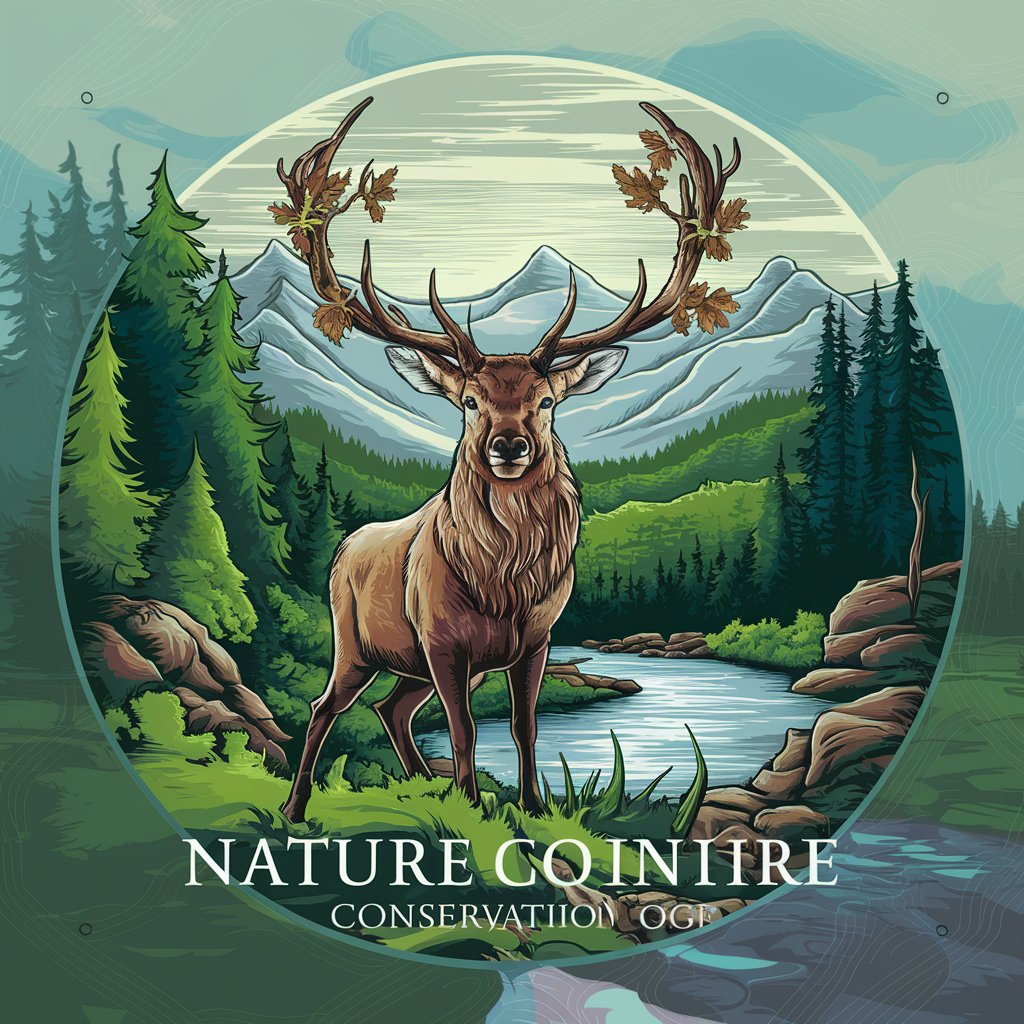
🐾 WildTrack AI Spotter 🌿
Discover Wildlife with AI

Nature Explorer
Discover nature with AI-powered insights.
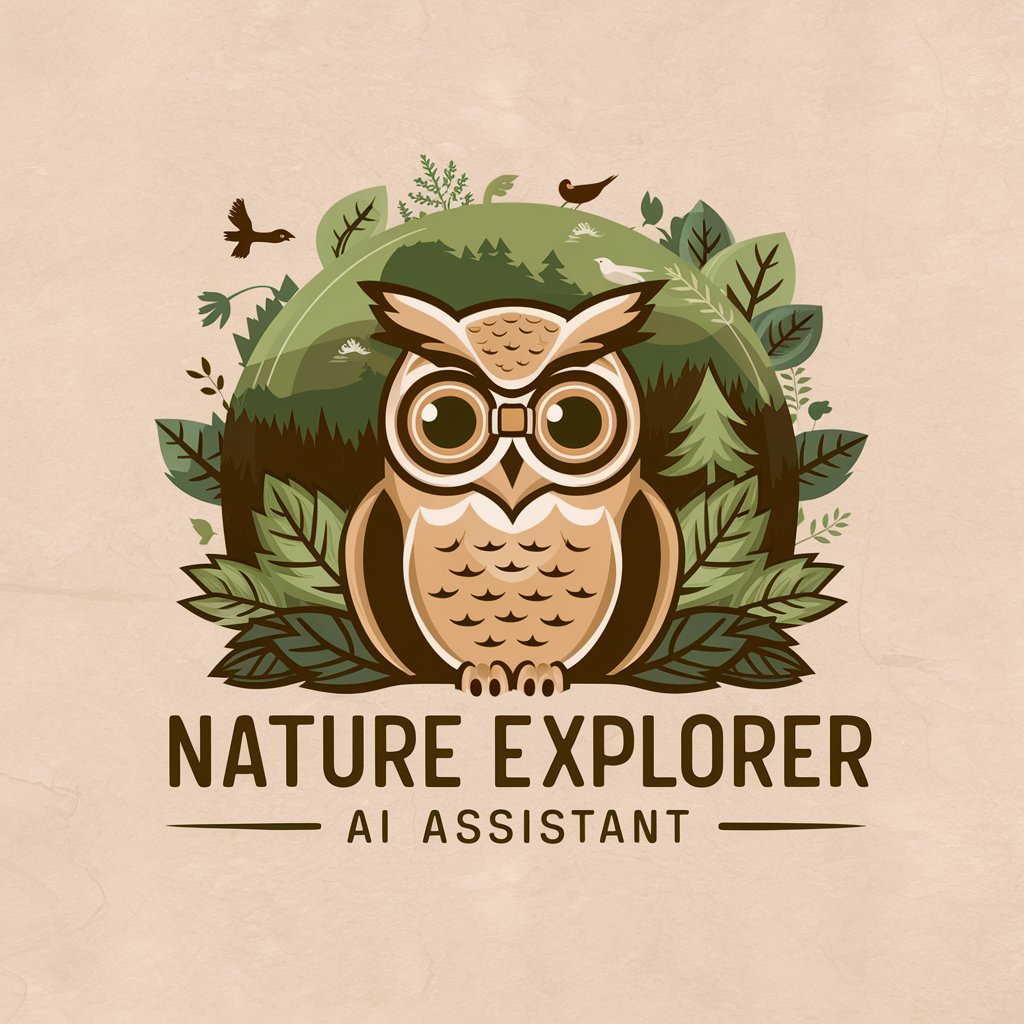
Nature Observer
Explore nature with AI insights
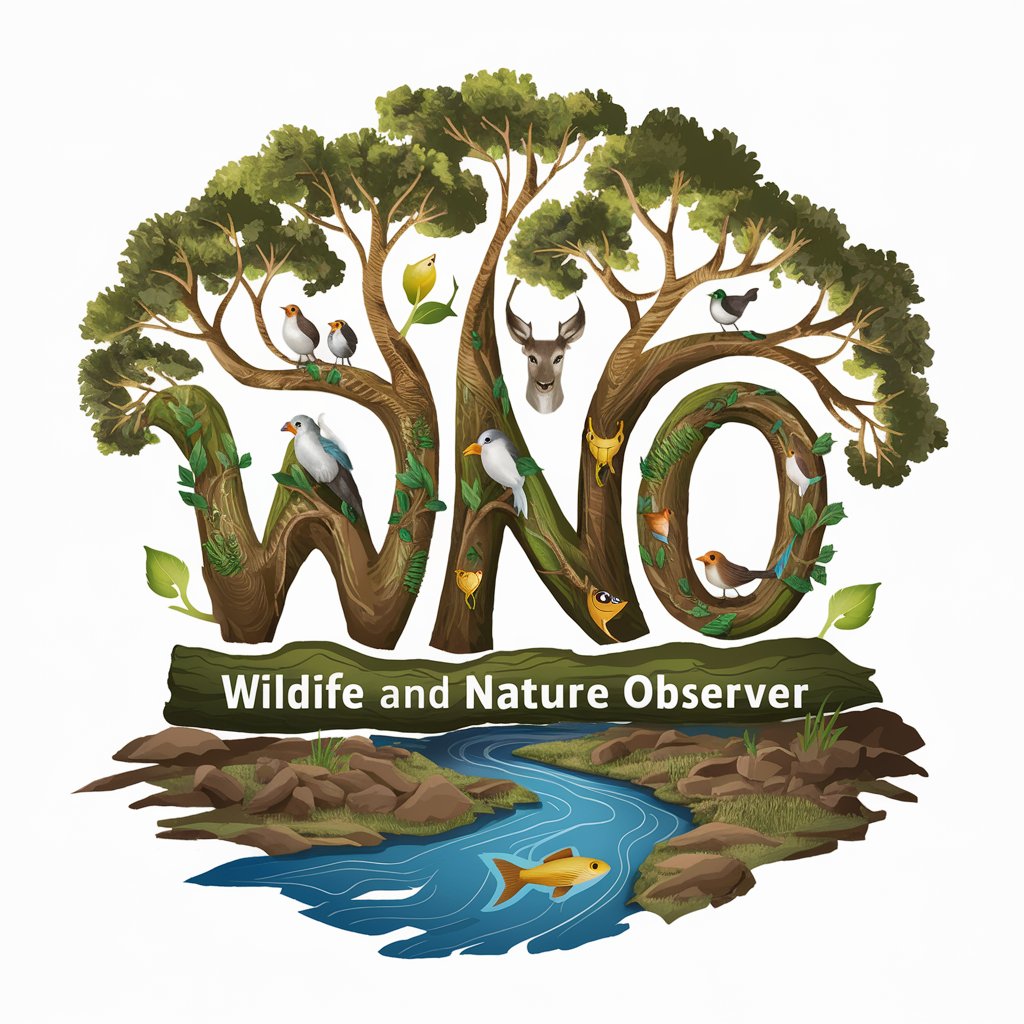
Nature Explorer
Discover nature with AI-powered exploration.

Animal Explorer
Discover Wildlife with AI
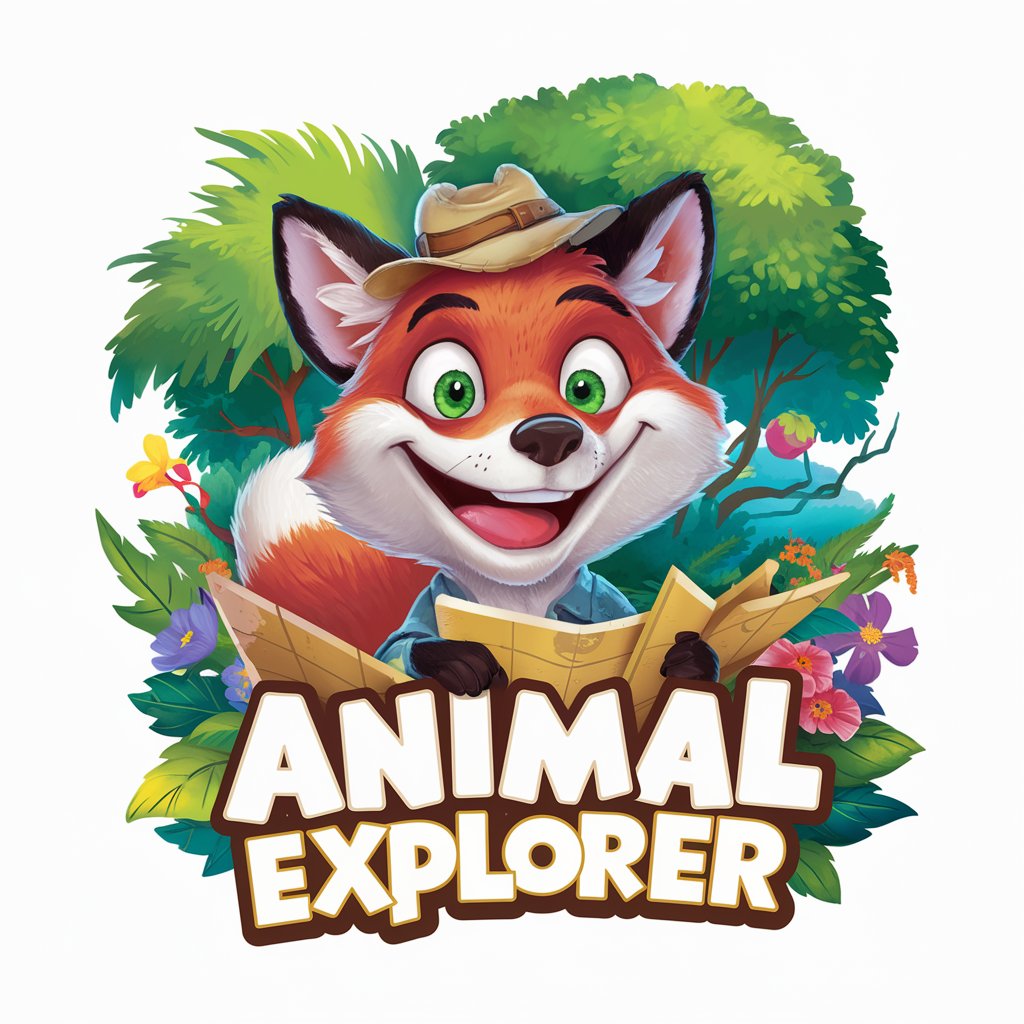
Eco Explorer
Discover Nature with AI Guidance
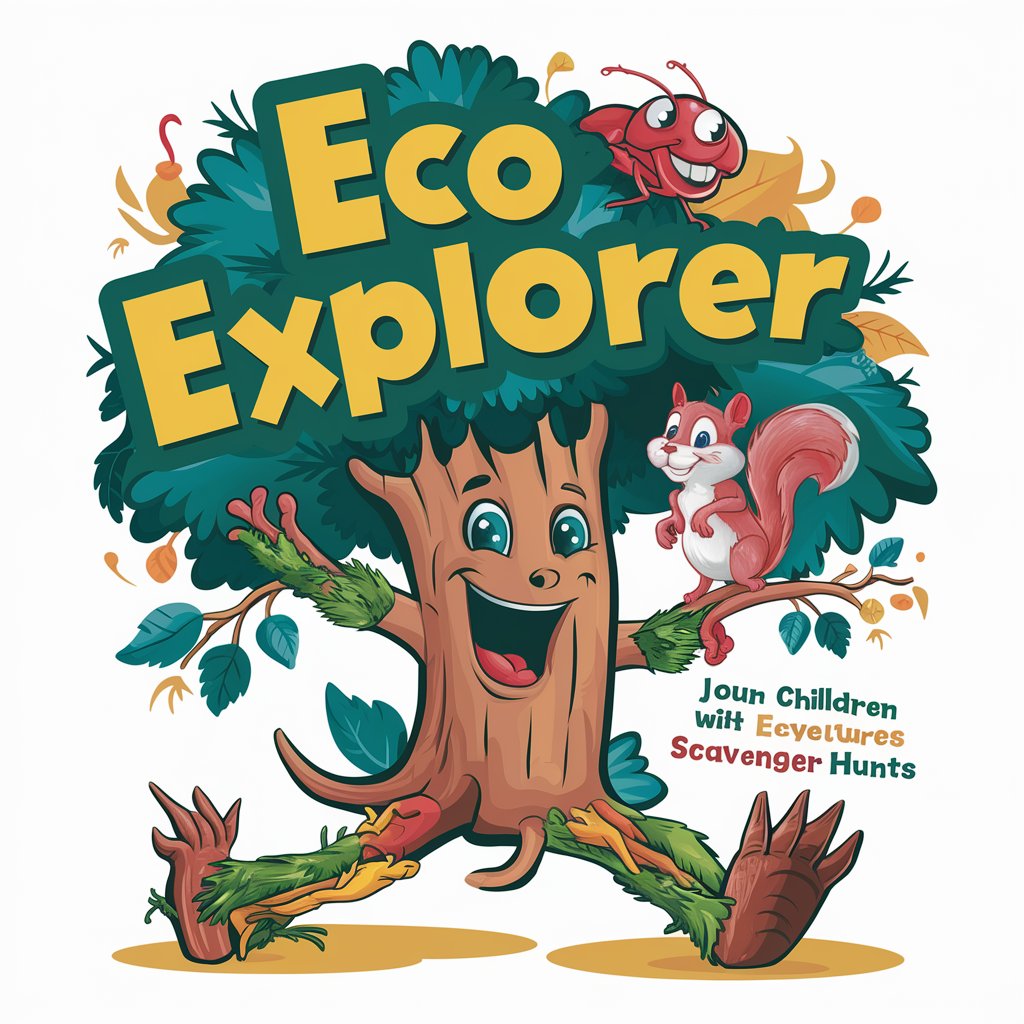
🦊 Urban Wildlife Spotter GPT 🐿️
Discover Urban Wildlife Intelligently
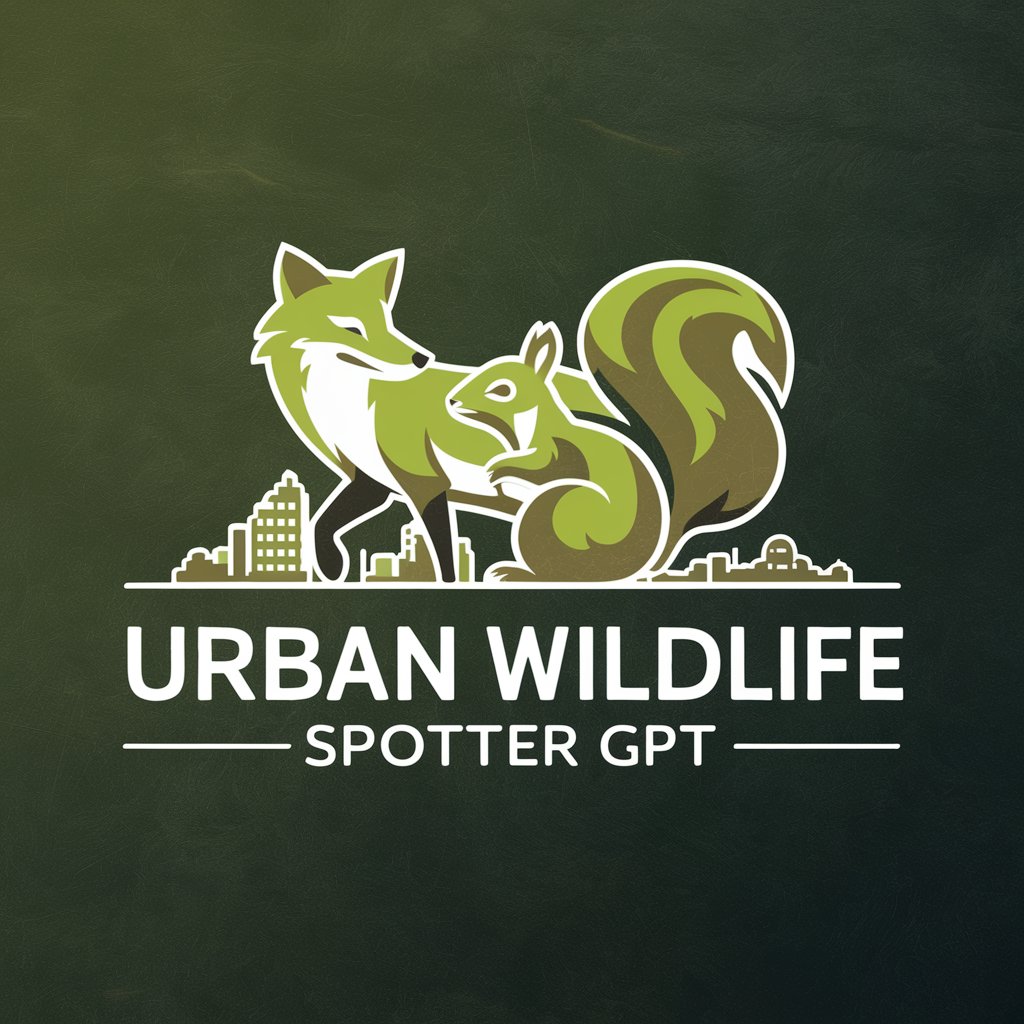
Distinctive Capabilities of AI GPTs in Wildlife Recognition
AI GPTs designed for Wildlife Identification stand out due to their adaptability and advanced functionalities. These tools can process natural language queries, perform image recognition, and analyze data to provide insights on wildlife. Key features include the ability to learn from interactions, improving accuracy over time; support for multi-language queries, making them accessible globally; technical support for integrating with other databases and tools; and the capability to generate educational content or detailed reports on wildlife species. Such versatility enables these GPTs to serve a wide range of purposes, from casual identification by enthusiasts to supporting scientific research and conservation efforts.
Who Benefits from AI-Powered Wildlife Identification?
AI GPTs for Wildlife Identification cater to a diverse audience, including nature enthusiasts, wildlife photographers, educators, students, conservationists, and researchers. These tools are designed to be user-friendly for those without technical expertise, offering intuitive interfaces and straightforward functionalities. Simultaneously, they provide robust customization options and advanced features for developers and professionals in the field, enabling deep analysis and integration into existing research workflows or educational programs.
Try Our other AI GPTs tools for Free
Conservation Research
Explore AI GPTs tools tailored for Conservation Research, designed to aid in data analysis, trend prediction, and informed decision-making for conservation efforts.
Biodiversity Study
Discover how AI GPTs are revolutionizing biodiversity studies, offering adaptable, comprehensive tools for species identification, ecological analysis, and conservation efforts.
Zoological Inquiry
Discover how AI GPTs for Zoological Inquiry are revolutionizing the way we study and interact with the animal kingdom, offering tailored insights and analyses for researchers, educators, and enthusiasts.
Diagnostic Tool
Explore how AI GPTs for Diagnostic Tool revolutionize diagnostics with advanced AI, offering tailored, efficient solutions for various industries.
Analytical Consulting
Discover how AI GPTs revolutionize Analytical Consulting with advanced data analysis, predictive modeling, and customizable solutions for professionals and novices alike.
Detective Roleplay
Explore AI-powered Detective Roleplay tools designed to immerse you in interactive investigations. Engage with dynamic, AI-generated scenarios and develop your detective skills in a user-friendly environment.
Enhanced Solutions Through Customized AI
AI GPTs for Wildlife Identification exemplify how tailored AI solutions can enhance understanding and conservation of biodiversity. Their ability to integrate seamlessly with other systems and provide user-friendly interfaces makes them invaluable tools in the modern age of wildlife study and conservation. As these technologies continue to evolve, they promise to offer even more sophisticated capabilities and insights, further empowering users across various sectors.
Frequently Asked Questions
What exactly can AI GPTs for Wildlife Identification do?
They can identify species, provide detailed information about habitats, behaviors, and conservation status, and support wildlife research through data analysis and pattern recognition.
Are these tools accessible without coding skills?
Yes, they are designed with user-friendly interfaces that do not require prior coding knowledge for basic identification tasks.
Can AI GPTs learn and improve over time?
Absolutely. These tools use machine learning algorithms that allow them to learn from each interaction, thereby improving their accuracy and efficiency over time.
Is multilingual support available?
Yes, many of these GPTs are equipped to handle queries in multiple languages, making them accessible to a global audience.
Can these tools be integrated with other databases or systems?
Definitely. They offer APIs and technical support for integration with existing databases, research tools, and conservation systems.
How do they help in conservation efforts?
By providing accurate identification and detailed ecological information, they can assist in monitoring biodiversity, tracking species populations, and informing conservation strategies.
Can I customize these tools for specific research projects?
Yes, with programming expertise, you can customize these tools to suit specific research needs or integrate them into larger scientific studies.
Are there any limitations to be aware of?
While highly advanced, these tools may sometimes require verification from human experts, especially for rare or cryptic species. Data privacy and ethical use are also important considerations.